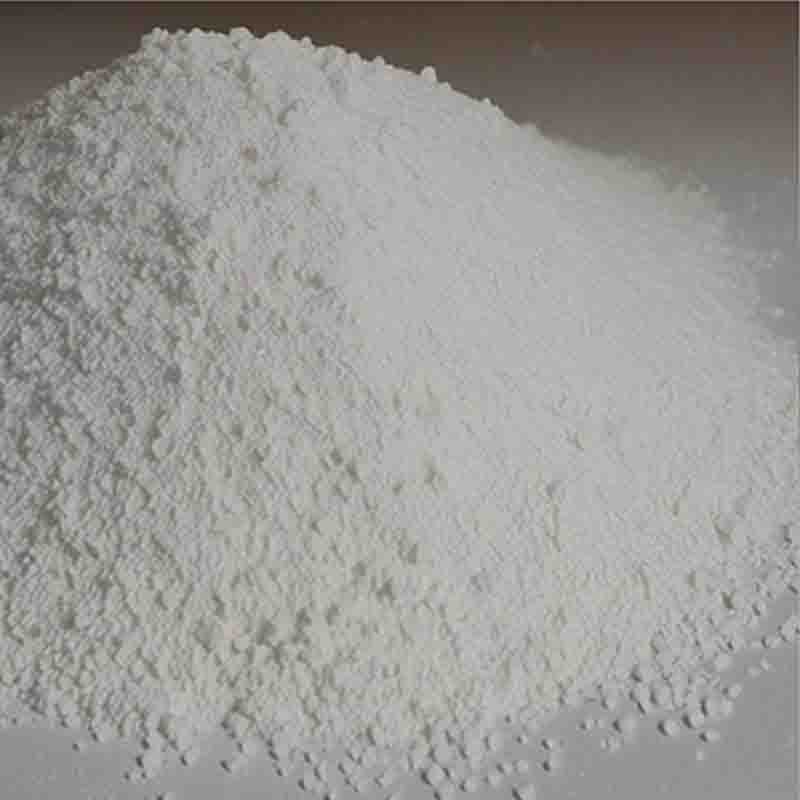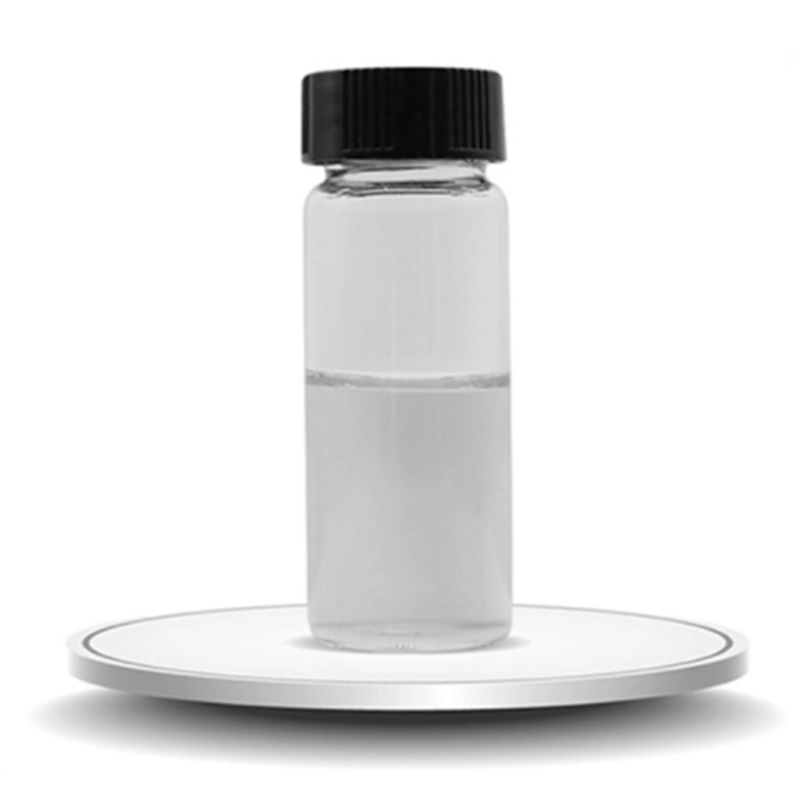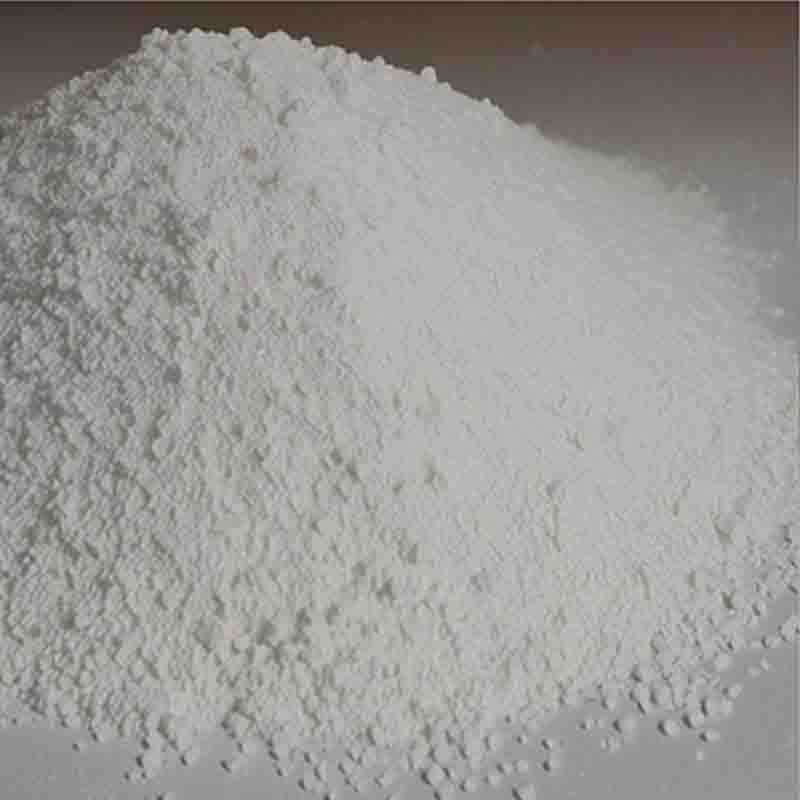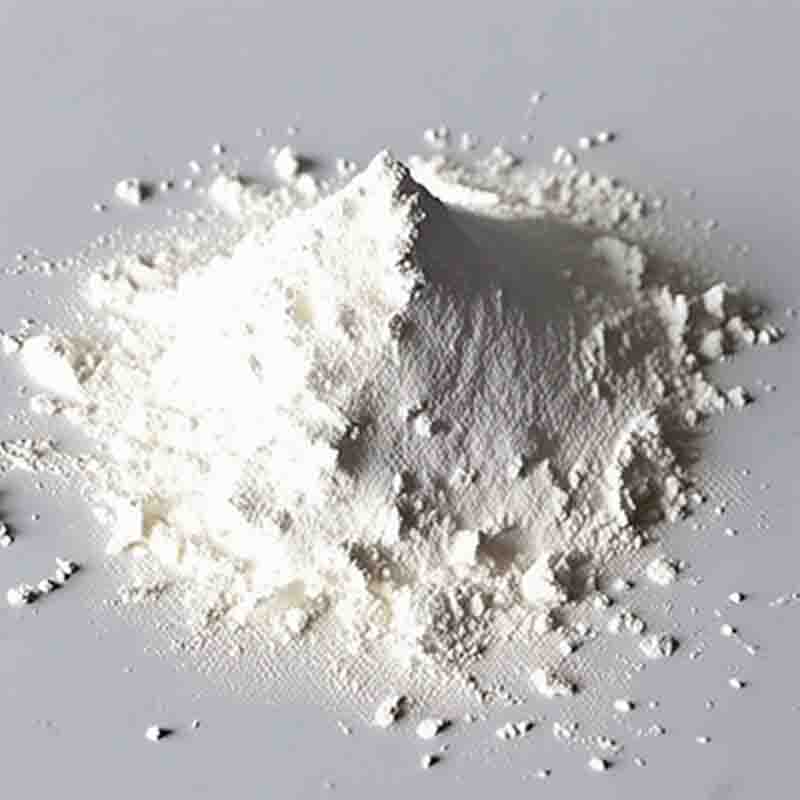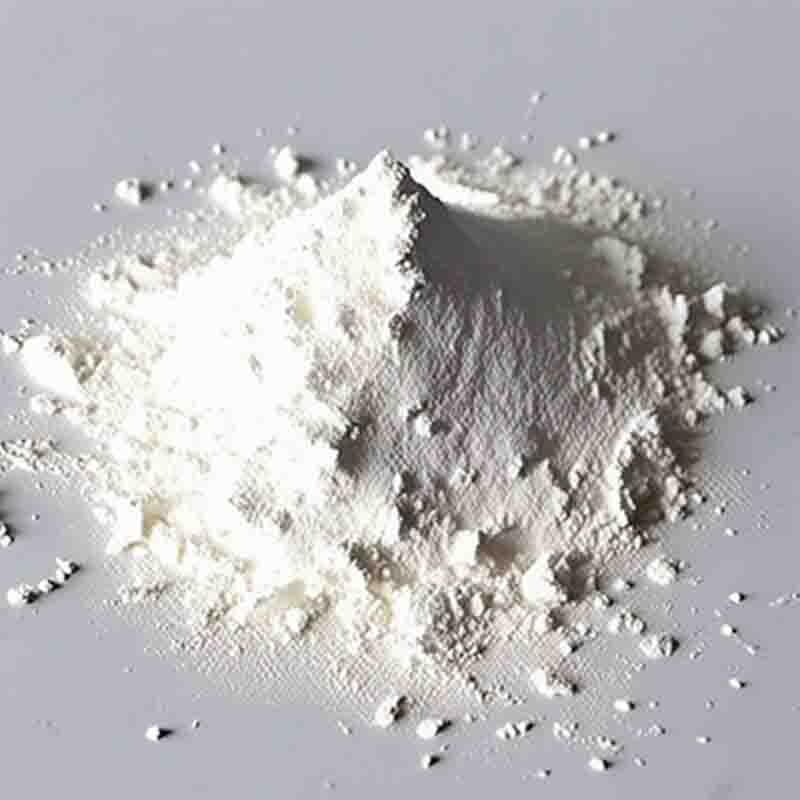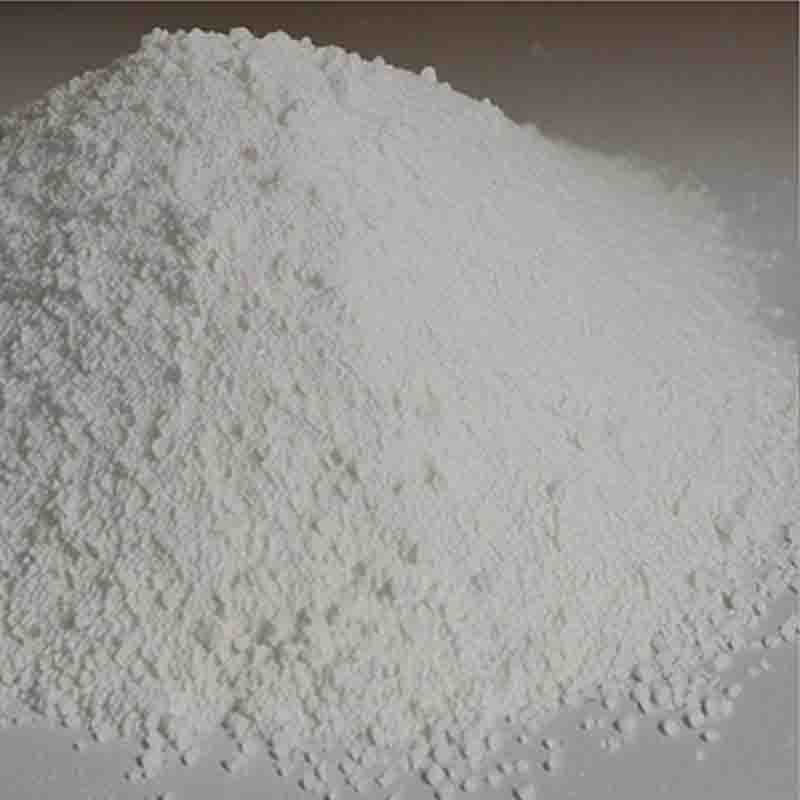2-TERT-BUTYL-1,3-DIISOPROPYLISOUREA CAS:71432-55-8
| Catalog Number | XD96014 |
| Product Name | 2-TERT-BUTYL-1,3-DIISOPROPYLISOUREA |
| CAS | 71432-55-8 |
| Molecular Formula | C11H24N2O |
| Molecular Weight | 200.32 |
| Storage Details | Ambient |
Product Specification
| Appearance | White powder |
| Assay | 99% min |
2-Tert-butyl-1,3-diisopropylisourea is an organic compound with the molecular formula C12H28N2O. It belongs to the class of ureas and consists of a tert-butyl group and two isopropyl groups attached to the nitrogen atoms of the urea functional group. This compound has been studied for its potential effects in various fields such as organic synthesis, catalysis, and medicinal chemistry.One of the main applications of 2-Tert-butyl-1,3-diisopropylisourea is in organic synthesis. It can act as a valuable reagent in various reactions due to the presence of the sterically bulky tert-butyl and isopropyl groups. For instance, it can be used in the reductive amination of aldehydes or ketones to form secondary or tertiary amines. The steric hindrance provided by the bulky groups helps to control reaction selectivity and improve yields, making it a useful tool in the construction of complex organic molecules.In catalysis, 2-Tert-butyl-1,3-diisopropylisourea has shown interesting effects. It can be used as a ligand or co-catalyst in transition metal-catalyzed reactions. The presence of the bulky groups can influence the steric and electronic environment around the metal center, leading to enhanced catalytic activity or selectivity. This compound has been employed in various catalytic transformations such as cross-coupling reactions, hydrogenation, and C-H activation.In medicinal chemistry, 2-Tert-butyl-1,3-diisopropylisourea has shown potential as an enzyme inhibitor. It has been studied for its inhibitory effects on various enzymes such as acetylcholinesterase, urease, and carbonic anhydrase. These enzymes play important roles in biological processes and are targets for the development of therapeutic agents. Understanding the inhibition mechanisms of this compound can contribute to the development of novel drugs for the treatment of diseases related to these enzymes.The exact effects of 2-Tert-butyl-1,3-diisopropylisourea on living organisms, including humans, depend on factors such as concentration, route of administration, and duration of exposure. While it generally appears to have low toxicity, it is important to follow safety guidelines and carry out risk assessments to ensure its safe handling and usage.In conclusion, 2-Tert-butyl-1,3-diisopropylisourea is a versatile compound with potential applications in organic synthesis, catalysis, and medicinal chemistry. Its steric bulkiness makes it a valuable reagent for controlling reaction selectivity and improving yields. Furthermore, its inhibitory effects on enzymes make it an interesting target for drug development. Additional research is necessary to explore its full potential and understand its effects on different biological systems.


